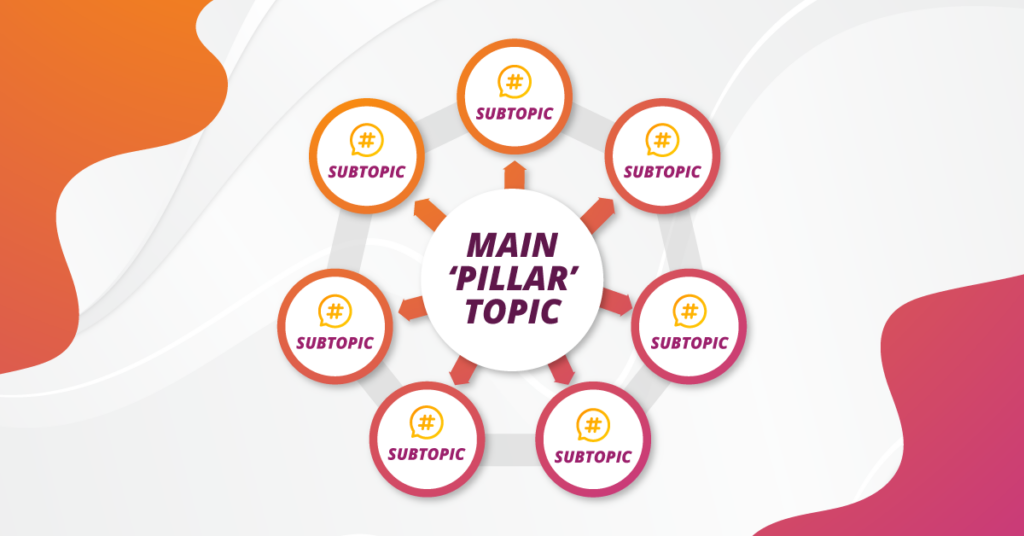Keyword Research & Harnessing Autocompletes
Utilizing keyword tools and autocomplete features effectively is paramount in the strategic construction of SEO clusters. These tools serve as invaluable resources for understanding user search behavior, identifying relevant terms, and creating content that aligns with the queries users are making.
Keyword tools, such as Google Keyword Planner or SEMrush, enable you to explore the search volume, competition, and variations of specific keywords related to your chosen topic. Start by entering the central theme of your SEO cluster into these tools to generate a list of potential keywords and phrases. Look for a mix of short-tail and long-tail keywords to capture a diverse range of user intents and search patterns.
Additionally, leverage autocomplete features provided by search engines like Google. When users begin typing a query into the search bar, autocomplete suggests completions based on popular and relevant searches. This real-time insight into user queries can be a goldmine for discovering specific subtopics or long-tail keywords that may not have been apparent through traditional keyword research.
As you gather this data, identify keywords that align with the broader theme of your pillar page. These keywords can then inform the creation of supporting cluster content. Each identified keyword or phrase can become a potential subtopic, allowing you to build a content cluster that comprehensively covers the main subject from various angles.
While incorporating keywords into your content, focus on natural integration to maintain readability and user engagement. Craft content around these keywords, ensuring each piece adds unique value and addresses specific aspects of the overarching topic. This approach not only aligns with search engine algorithms but also provides a holistic and informative experience for your audience.
Moreover, consider the questions users ask as you delve into autocomplete suggestions. Crafting content that directly addresses these questions not only improves your chances of ranking for specific queries but also aligns with the user’s search intent, contributing to a positive user experience.
Regularly revisit your keyword research and autocomplete insights to stay updated on evolving user behavior and search trends. This iterative process allows you to refine your SEO cluster strategy, ensuring that your content remains relevant and effectively captures the nuances of your chosen topic. By leveraging keyword tools and autocompletes in this way, you’ll be well-equipped to build SEO clusters that resonate with your target audience and strengthen your website’s visibility in search engine results.





Join the conversation
0 comments
Submit a comment
Your email address will not be published. Required fields are marked *